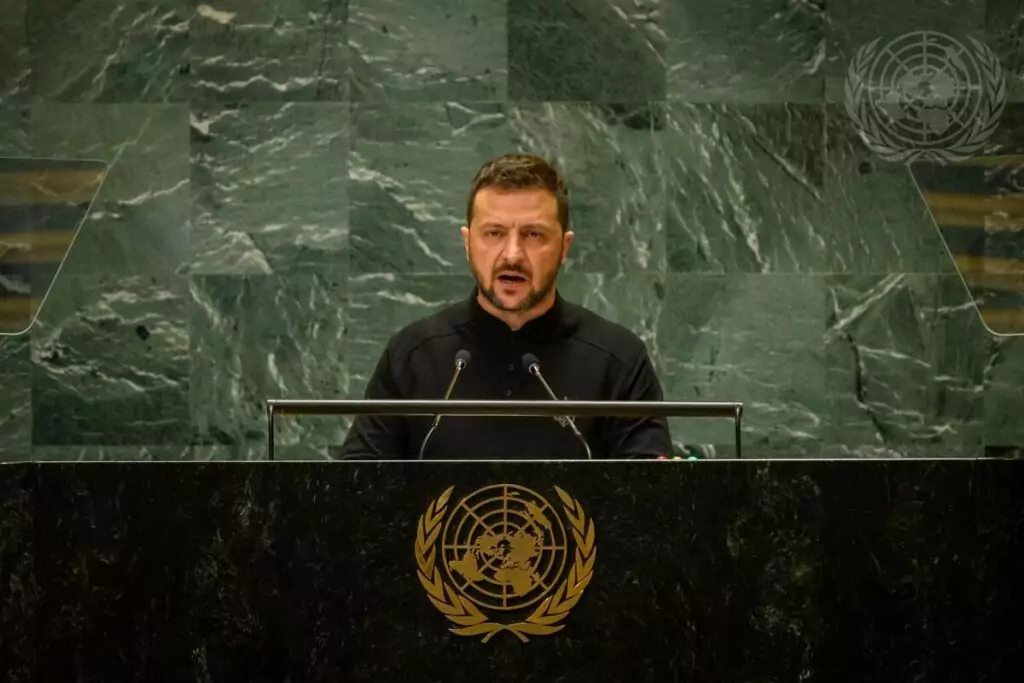New Islamist Leaders Emerge in Somalia
New Islamist Leaders Emerge in Somalia
The celebrations that marked the overthrow of the warlords, who had controlled Mogadishu for about 15 years, by the Islamic Courts Union (ICU) are nearing an end as the hard-line Islamic courts tighten their grip on most of southern Somalia. At the onset, Sheikh Sharif Sheikh Ahmed, a moderate, was the chairman of the ICU. Yet with power shifting to the hardliner Sheikh Hassan Dahir Aweys, more extremism can be expected (Terrorism Focus, June 13). As these developments occur, new information is emerging on the many figures within the Islamic courts.
On the push toward Jowhar on June 12, reports said hundreds of Islamic fighters who left Hiilweyne military camp near the city had been organized by Hassan Abdullah Hersi al-Turki, a member of the Somali militant group al-Itihaad al-Islamiya (AIAI) (Shabelle Media Network, June 12). In 2004, the United States said al-Turki, born in 1944 in the Ogaden region in Ethiopia, had links to al-Qaeda. Subsequently, the United States imposed sanctions on him, as well as froze his economic resources. He had previously played a significant role in the Ethiopia-Somalia war over the Ogaden region in 1977. After Somalia lost the war, however, an observer of the conflict who wished to remain anonymous told The Jamestown Foundation that al-Turki defected to Somalia to fight for independence. This is one reason why al-Turki likes Sheikh Aweys; they both see Ethiopia as an enemy. Al-Turki is keen to see Ogaden secede from Ethiopia and become a separate state, according to this source. He sees the courts as a vehicle for achieving that end.
In addition to al-Turki, another Islamist leader is Sheikh Yusuf Mohamed Siad, also known as Yusuf Indha’adde. He is believed to be the person behind arming the courts’ militias. Indha’adde, often referred to as a Somali Islamist warlord, is from the same Ayr clan as Aweys and Adan Hashi Ayro, the young strongman said to have undergone training in Afghanistan prior to the U.S. invasion. Indha’adde styles himself as a sheikh and the governor of the Lower Shabelle region. He was named the deputy of the executive committee of the Islamic Courts Council headed by Sheikh Sharif Sheikh Ahmed. He started receiving arms from Eritrea together with Aweys around 2005 (Ethiopian Reporter, June 17).
The weapons, according to an April 5 letter from the UN Monitoring Group on Somalia, were transported from Eritrea by aircraft to Baledogle airport near Mogadishu and also by ship to the port of Marka. The shipments went to Indha’adde—one on March 25, 2005 and one on April 10, 2005. According to the United Nations, the types of arms included anti-aircraft guns and mines. Later in November 2005, Indha’adde traveled to Asmara to confirm that arms would be supplied to the remnants of the AIAI leadership in Mogadishu. Reports show more arms consignments being sent to Mogadishu through the Baledogle airport. Many in Somalia say that Indha’adde is an opportunist and a drug dealer (Garowe Online, June 20). Al-Turki and Indha’adde are just two of the Islamic courts’ recently revealed leaders, and more leaders still remain unknown and immersed in secrecy.


